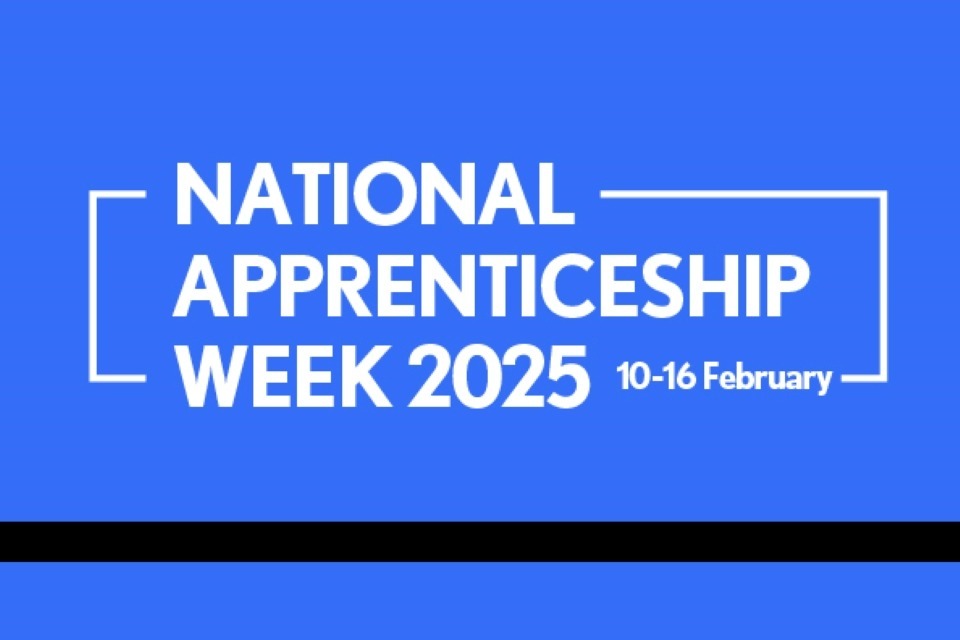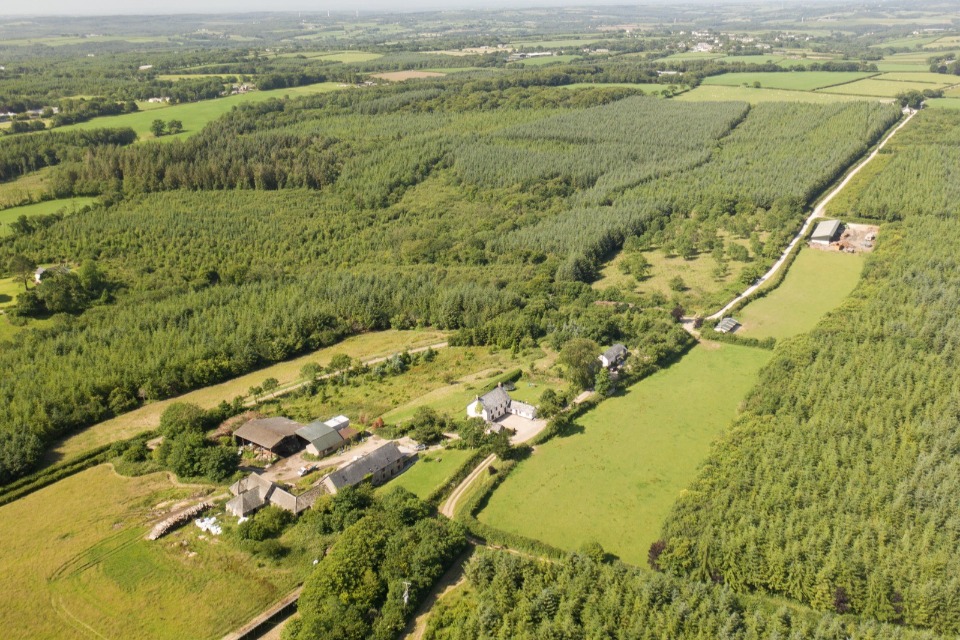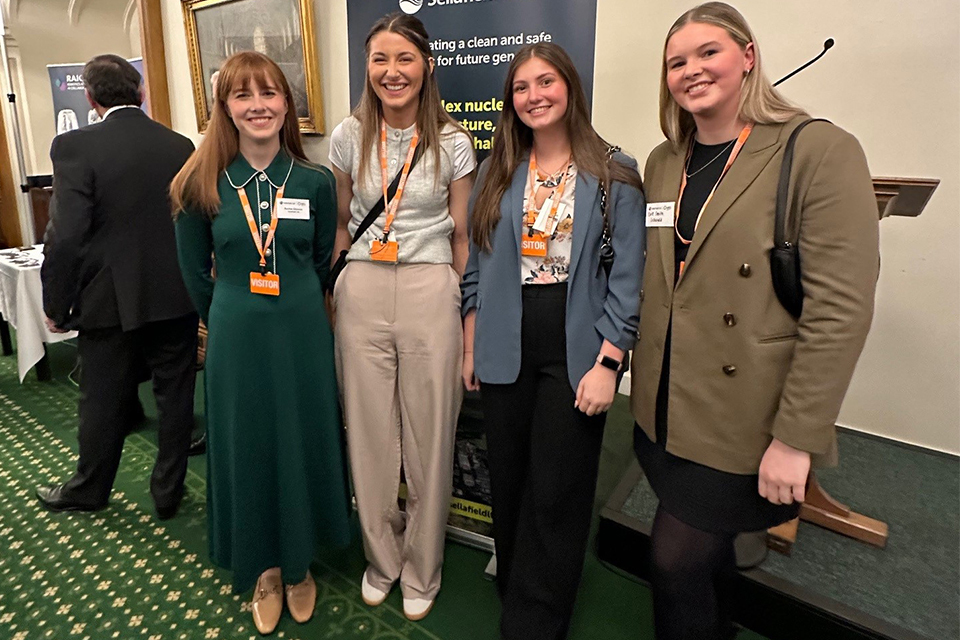More Trees started their community tree nursery in 2021.
Their vision is to create a dynamic and diverse tree-rich landscape across Bath and North East Somerset. They collect seed from local woodlands and grow trees to be planted in their local area.
Young trees growing in a community garden nursery bed. Copyright More Trees.
A community of volunteers are involved in all stages of their work, from collecting and processing seed, to propagating trees and planting them. Volunteers learn about growing and caring for trees and play a role in transforming their local environment for the future.
More Trees are slightly different to most other community tree nurseries as they use a ‘hub and spoke’ model. They have a central hub, where they process tree seed and grow seedlings in trays. These seedlings are then distributed to a network of community and school-based nurseries for growing on in raised beds. The resulting saplings are then planted out for local organisations.
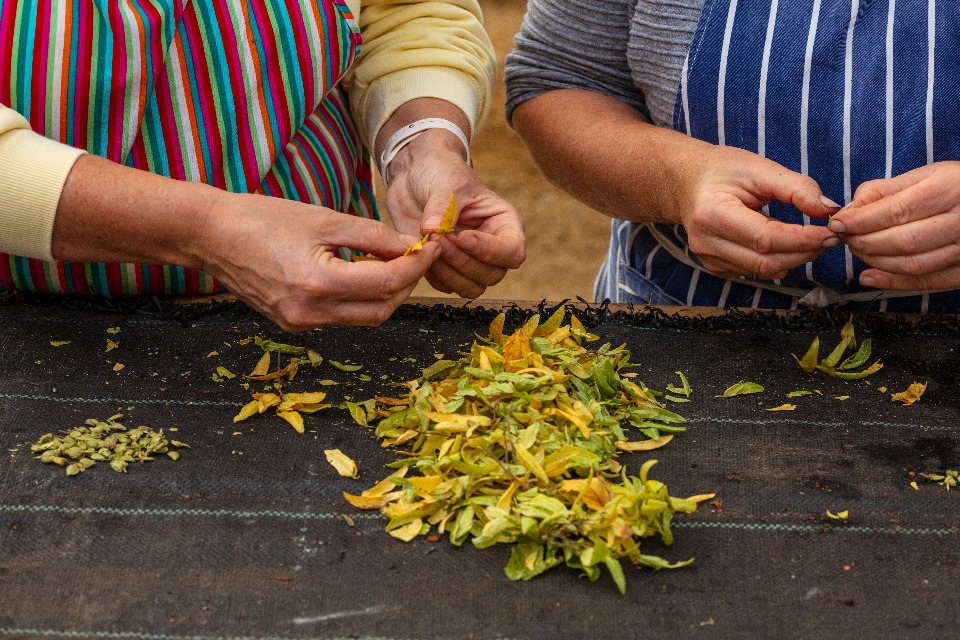
Volunteers processing collected hornbeam seed at More Trees community tree nursery. Copyright More Trees.
Support from the Tree Production Capital Grant (TPCG)
Before applying for the TPCG, the charity’s hub was based on a temporary site. They secured a 20-year lease on a new site but needed funding to develop it.
The nursery applied for the first round of the TPCG in June 2022. They were awarded funding for materials and labour to set up a new central nursery hub on the site, expand their network of nurseries and invest in an electric van.
Through these investments More Trees aimed to increase the number of saplings they could grow, widen the diversity of species being grown, and improve the quality and biodiversity of their stock. They also hoped to provide better facilities for their volunteers and widen the number of communities they could engage with.
More Trees received 50% funding towards investments for their central nursery hub to buy:
- a polytunnel for growing seedlings in root trainers and providing a covered area for seed processing
- a building to provide welfare facilities for volunteers, and act as an office and training space
- a van for seed collection, to transport trees, and to maintain the network of community tree nurseries
- materials for rainwater harvesting to increase resilience to drought
- seed processing and storage equipment
- deer and security fencing to protect seedlings
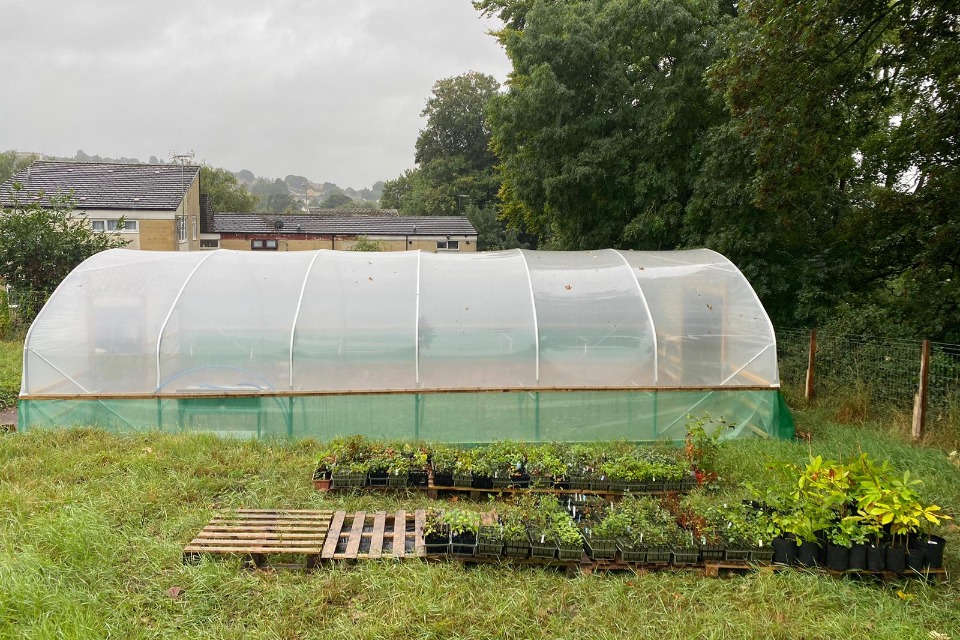
The new polytunnel at More Trees’ central nursery hub. Copyright More Trees.
More Trees could also buy for their nursery network:
- materials for raised beds for growing on seedlings
- tools for maintenance and plant care
- biosecurity kits to reduce the risk of pathogens being introduced into the nurseries
Funding highlights
More Trees completed their project in March 2024 and are settling into their new nursery hub.
As a result of the TPCG, they have:
- created a purpose-built central nursery hub which will have significant benefits for the efficiency of the nursery’s operations
- expanded their network from nine to 17 community and school-based nurseries – increasing the number of people they can engage with
- doubled their production from 7,000 to 15,000 saplings, with capacity to grow a total of 18,000 saplings
- increased seed collections from 30,000 to 150,000 seeds annually
- diversified the species they grow from 20 to 41, with all seed and cuttings now collected themselves
Richard Higgs, Director of More Trees said:
The fund was absolutely instrumental to setting us up in our new site. We couldn’t have done it otherwise. Having our own space and good facilities is amazing.

Young trees growing in a tree nursery at a community allotment site. Copyright More Trees.
Top tips for success
1). Involve volunteers in the design and development of your site
More Trees drew on their volunteers’ first-hand experience of seed processing when designing the facilities on the new site. Volunteers helped to decide on the types of sinks, height of benches and layout of the space.
Richard Higgs, Director of More Trees said:
Having volunteers involved in the process is really important. We had a lot of discussion and input from the volunteers into the design of the new site. They know best because they’re the ones who are physically doing it. It also gives them a sense of buy- in.
2). Be realistic about what can be achieved
More Trees opted for fewer nurseries but were still able to achieve the same increase in capacity and increase the capacity of existing nurseries.
Sandra Tuck, Former Community Tree Nursery Coordinator, More Trees said:
Although good for optimising community engagement, setting up multiple smaller nurseries is relatively time consuming. We therefore had to reduce the number of new nurseries from our original plan, opting for fewer larger nurseries to achieve the same increase in capacity as well as increasing the capacity of some of our existing nurseries. Overall, we still achieved a huge uplift in the number of trees we can grow, but in fewer locations.
More Trees visited and got advice from other small nurseries when they were starting out. They found that other nurseries often face similar challenges and can share what they have learnt. Now that they are more established, More Trees have been sharing their advice with another community tree nursery who are setting up for the first time.

A volunteer prepares labels for trees that are ready for planting. Copyright More Trees.
Plans for the future
Having expanded rapidly, More Trees now plan to spend the next few years refining their operations and focusing on increasing their species diversity.
“We will concentrate on increasing our species diversity further and improving our germination rates for more unusual/harder to grow species. We are developing a Tree Spotters application for mobile phones to enable volunteers to spot more unusual species for collections. By growing more unusual, less commercially viable trees and trees with significant genetic diversity (collected from 20+ woodland locations), our tree stock will continue to be in demand in the coming years.” Sandra Tuck, Former Community Tree Nursery Coordinator, More Trees
Find out how the Tree Production Capital Grant supports the production of tree seed and saplings through investment in facilities and equipment.



